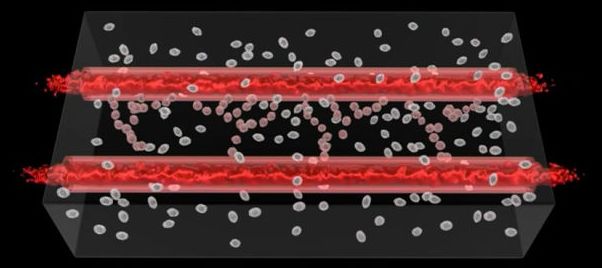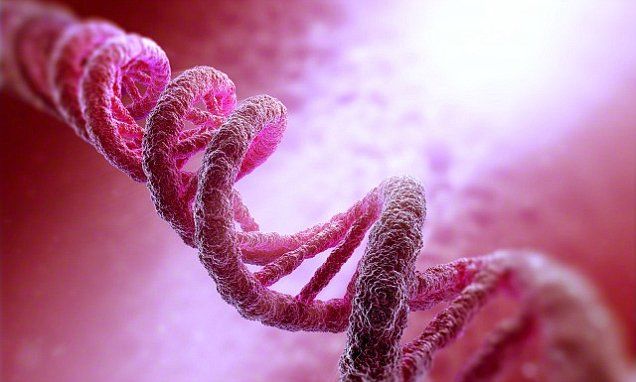At MIT, researchers have developed a stretchable bandage-like device capable of sensing skin temperature, delivering drugs transdermally, and containing electronics that include LED lights for displaying information. The various components of the system are designed to work together, for example the drug dispenser activating only when skin temperature is within a certain range and the LEDs lighting up when the drug reservoirs are running low. While this is only a prototype device, it certainly points toward future flexible devices that stay attached to a person’s skin, or even internally, for extended periods of time while providing health data and taking therapeutic actions in an intelligent way.
The device is based on a stretchable hydrogel matrix that reliably holds onto embedded metallic components linked by pliable wires. The hydrogel was made to have a stiffness similar to human soft tissues so that it blends well with the body when attached to it. When wires, drug reservoirs, delivery channels, and electronic components were built-in, the team tested the stretchiness of the final result showing that it maintains functionality even after repeated stress.
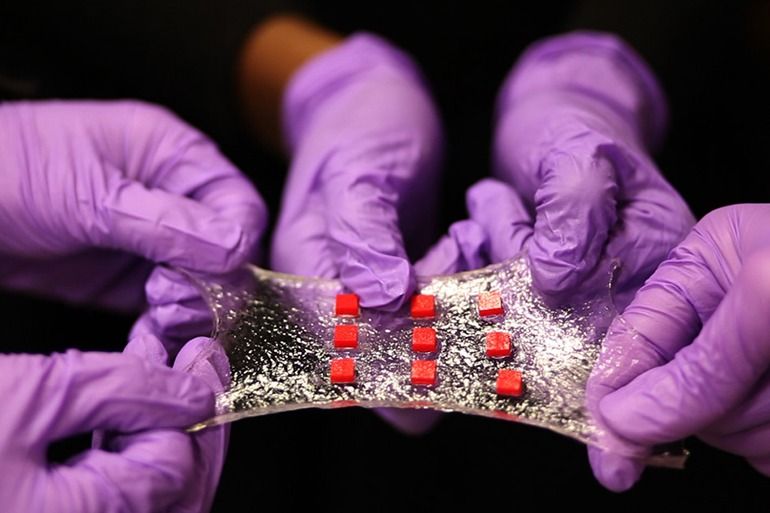
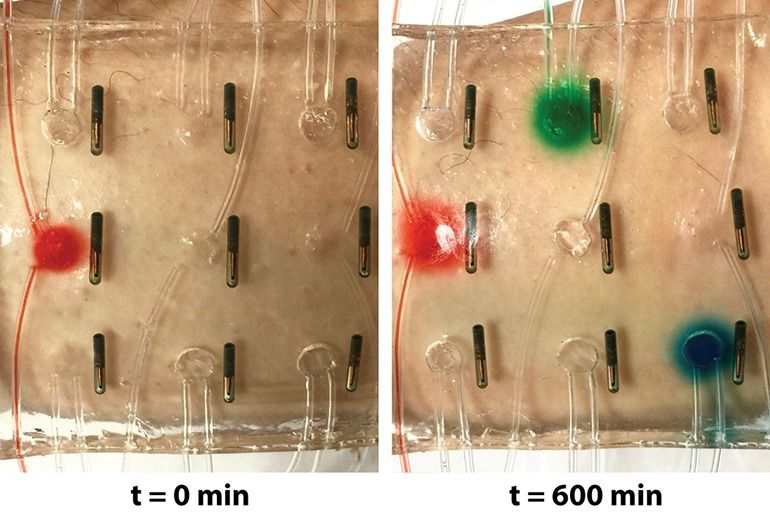

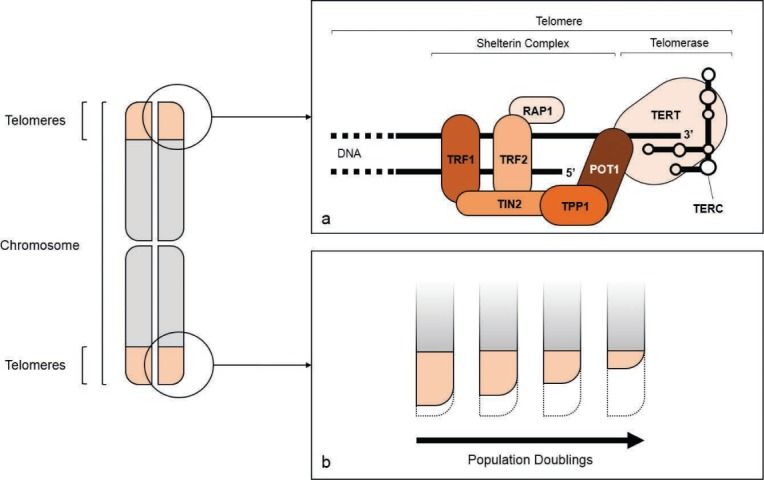
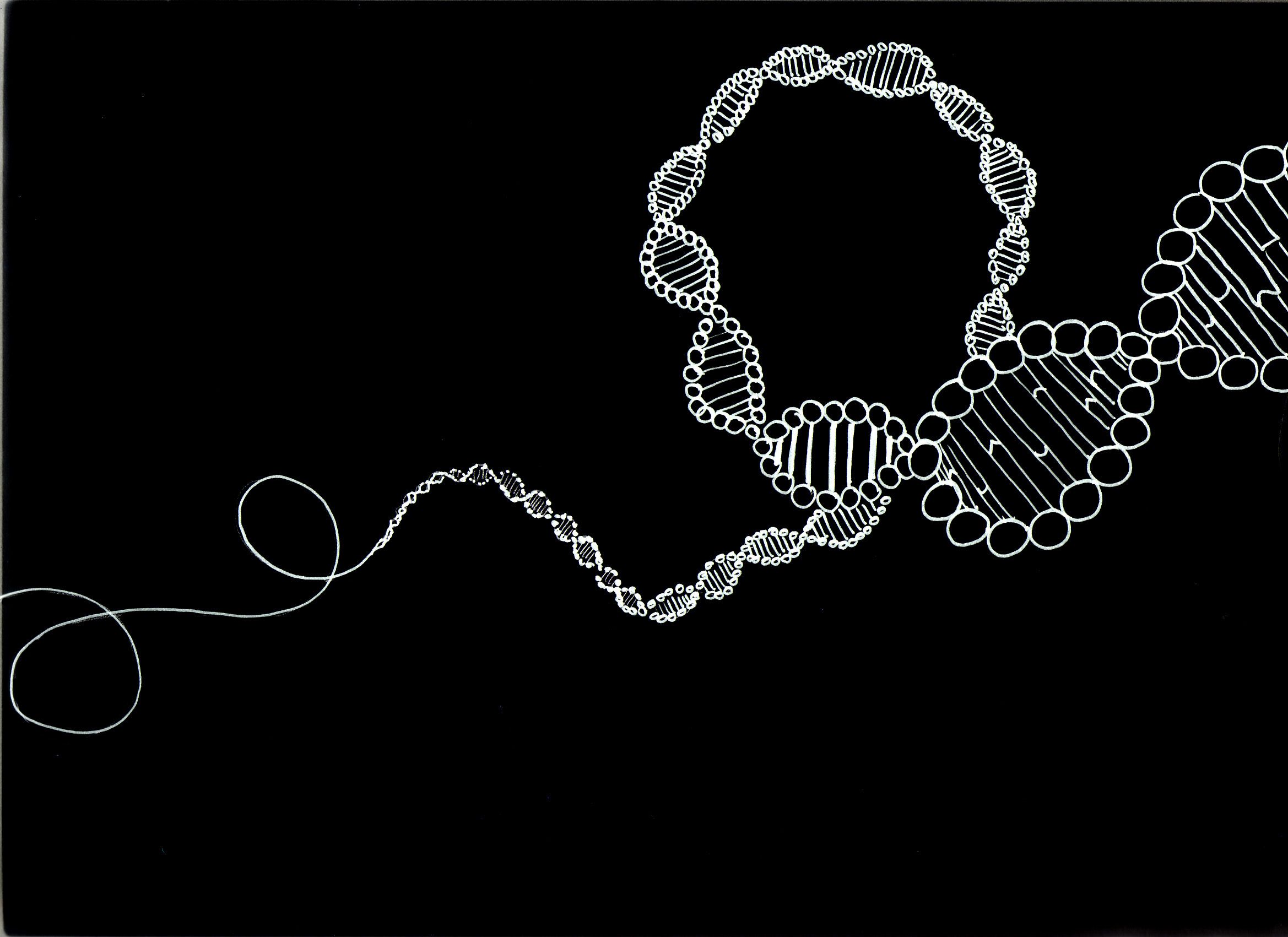
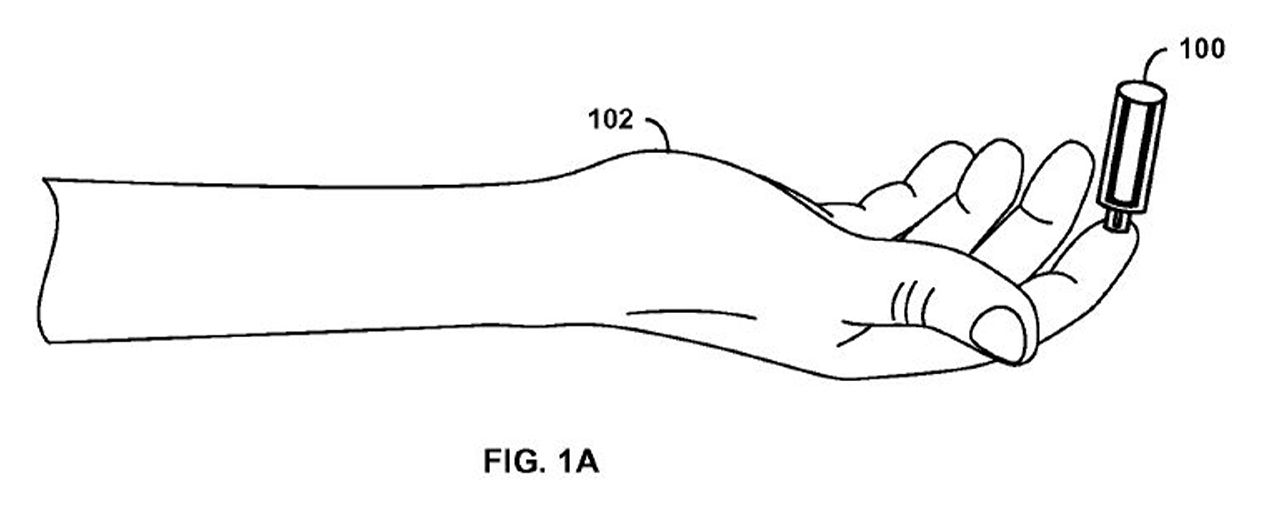

 But it’s been a fruitful search: multiple drug candidates, many already on the market for immune or psychiatric disorders, have consistently delayed age-associated diseases and stretched the lifespan of fruit flies, roundworms and mice. Yet human trials have been far beyond reach — without the FDA acknowledging “aging” as a legitimate target for drug development, researchers have had no way of pitching clinical trials to the regulatory agency.
But it’s been a fruitful search: multiple drug candidates, many already on the market for immune or psychiatric disorders, have consistently delayed age-associated diseases and stretched the lifespan of fruit flies, roundworms and mice. Yet human trials have been far beyond reach — without the FDA acknowledging “aging” as a legitimate target for drug development, researchers have had no way of pitching clinical trials to the regulatory agency.